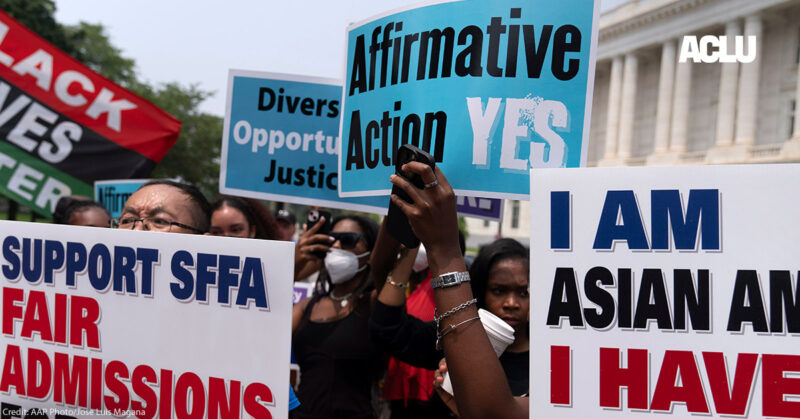By Dallas Mosier
The National Venture Capital Association (NVCA), an organization comprised of members representing both the interests of startups and venture capital firms, first developed the suite of agreements designed to facility equity financings (sometimes, “priced rounds”) commonly referred to as the “NVCA forms” over a decade ago and have since adopted revised forms to reflect both changes in legislation, case law, and deal trends in the startup and emerging company ecosystem.
The basic format and substantive content of the following NVCA forms have remained largely consistent since their creation so many years ago: (1) Term Sheet; (2) Certificate of Incorporation (Charter); (3) Stock Purchase Agreement; (4) Investors’ Rights Agreement; (5) Voting Agreement; and (6) Right of First Refusal and Co-Sale Agreement. In addition to these core documents, the available NVCA forms also include a Management Rights Letter (often referred to as a side letter), form of Indemnification Agreement, and other related documents including representations for foreign investors and several human resource policies. Below is a high-level summary of the NVCA forms and is not intended to capture the entire universe of provisions and issues addressed by the full text of such documents.
Term Sheet
Often presented by an investor after having been successfully pitched by the startup company, the Term Sheet is the foundational document in which high level versions of many key terms for the financing are agreed before either investor or company counsel sets to work customizing the numerous alternatives built into the NVCA forms. Using the Term Sheet to find consensus on key terms will expedite the drafting process and allow the parties to the close of the financing round more quickly.
Certificate of Incorporation (Charter)
Of the core NVCA form documents, the Charter is the only document that is filed with a government agency, and it sets forth the highest level of authority for governing the company and its stockholders and investors. When a startup is first formed, the founders are usually the only stockholders, typically holding only common stock, and the company’s future is far from certain. Although unlikely, a sale of the company at this stage is typically simple, with each founder receiving their pro-rata share of the consideration paid by the purchaser. Once the company accepts funding from, and issues preferred stock to, outside investors, including family offices, angel investors, and venture capital funds, the distribution of proceeds can become complicated.
Contact us to see if NVCA forms make sense for your business
Importantly, the Charter spells out in what order and in what proportion each stockholder of the company will share in the proceeds of a sale or other liquidity event, such as an IPO. The Charter will also set forth the relative rights of the preferred and common stockholders with respect to certain decisions pertaining to the company, often being protective of the investors ability to approve major actions to ensure the success of the investment, including, for instance, a right to appoint board members or the circumstances and necessary voting thresholds to approve additional funding rounds which would further dilute both the preferred and common stockholders of the company.
Stock Purchase Agreement (SPA)
The SPA sets forth the terms and conditions upon which new investors in the company will purchase preferred stock, whether by the conversion of a SAFEs, convertible note (SAFEs vs Convertible Notes), or payment of cash, in an equity financing transaction. Among other things, the SPA will identify: (a) the number of shares of preferred stock being purchased, (b) the price per share of the preferred stock to be paid, (c) the representations and warranties of the company made to the investors and vice versa; and (d) the conditions to be satisfied prior to the closing of the financing transaction.
Investors’ Rights Agreement (IRA)
The IRA is a key source of investor benefits, this document includes provisions outlining: (a) rights to require registration of the company’s stock for an initial or subsequent public offering; (b) preemptive rights for investors to have the first opportunity to participate in a future convertible debt or equity financing rounds; (c) information rights which provide certain investors with access to periodic financial statements and other information of the company; and (d) certain actions requiring investor consent, not otherwise contained within the Charter.
Voting Agreement
As the investors will not often have enough shares to control outcome of certain votes, the Voting Agreement contractually obligates the parties to vote in specific ways to ensure: (a) the composition of the board of directors of the company, often including investor rights to be represented on the board of directors; and (b) drag-along rights, which provide a mechanism for which all stockholders are required to vote in favor and accept the terms of, a sale of the company approved by a specified majority of then-existing stockholders and, typically, a majority of the investors.
Right of First Refusal and Co-Sale Agreement (ROFR)
The ROFR sets forth the circumstances under which founders or other significant common stock stockholders (Key Holders) may sell their shares of stock to a third party. When a Key Holder desires to sell some or all of its shares of stock in the company, the ROFR requires three sequential steps to be taken; (a) first the shares must be offered to the company for purchase (b) if the company does not exercise its right to purchase all of the shares, the existing investors in the company are afforded the right to purchase such investor’s proportionate interest in the remaining shares not purchased by the company; and (c) if there are still any remaining unpurchased shares, each investor is entitled to sell a pro-rata percentage of its shares on the same terms offered by the selling Key Holder.
Conclusion
The NVCA forms described above are regularly negotiated by the company offering shares and the investors purchasing such shares (through their respective counsel). Having said this, the NVCA forms are the starting point in negotiation for definitive documents in many equity investments by venture capital firms in early-stage companies seeking outside funding. In addition to providing a tried-and-true framework from which both sides can negotiate, the NVCA forms substantially reduce legal fees to a reasonable and predictable level, thereby increasing value to both sides.
Meet the Author
Check out some of our latest publications.
- NVCA FORMS: What Are They and Why Should You Care?

- What is a Provisional Patent Application?

- CLIENT ALERT: Supreme Court Rejects Rule Requiring Majority-Group Plaintiffs To Meet Higher Evidentiary Standard for Title VII Claims

- Executive Order Seeks to Eliminate Disparate Impact Liability in Title VI & VII Enforcement Actions

- Client Update – Executive Order Upends Affirmative Action For Federal Contractors and Opens Door to False Claim Act Liability

- How to Find Venture Capital for Early-Stage Scaling Companies

